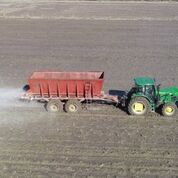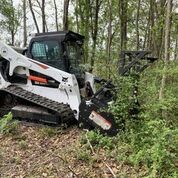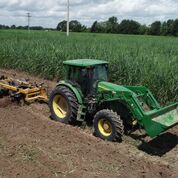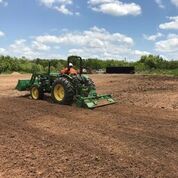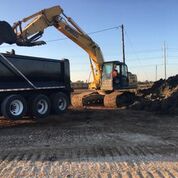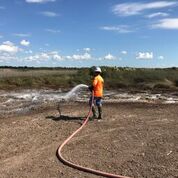
HET conducts successful remedial projects utilizing staff experience and knowledge to design and implement
appropriate remedial strategies that will effectively protect the environment, comply with current regulations, and satisfy the
client in the most feasible manner possible. Over the years, remedial techniques have been implemented by HET in an effort to
resolve soil and groundwater contamination issues at a variety of sites.
Soil remedial activities designed and implemented by HET staff have included the following: in-situ remediation of salt impacted soils,
in-situ remediation of hydrocarbon impacted soils, contaminated soil source removal by excavation, oilfield pit remediation and closure,
and decommissioning/remediation of oilfield production facilities. In-situ remedial projects routinely involve applications of appropriate
soil amendments, plowing/tilling of amendments and nutrients, preparation of seed beds, and contour/leveling of sites for proper drainage.
Determining the appropriate soil amendments, application rates, and incorporation processes are vital in the success of the remedial project.
Source removal projects involve the assessment, design, and organization of the contaminated soil removal, including excavation, transportation,
disposal, and backfilling operations. Soil remedial projects are designed and conducted by HET personnel primarily utilizing company owned
and operated equipment.
Groundwater remedial projects conducted by HET have included site assessment activities, remedial design, and implementation of
groundwater treatment systems at various sites. Remedial designs include free product recovery, soil vapor extraction, bio venting,
dual phase extraction, and bio-remediation applications. Groundwater treatment systems are designed, built, installed, and maintained
by HET personnel.
• In-Situ Remediation of Salt Impacted Soils
• In-Situ Remediation of Hydrocarbon Impacted Soils
• Contaminated Soil Source Removal by Excavation
• Oilfield Spill/Leak Remediation
• Oilfield Pit Remediation and Regulatory Closure
• Decommissioning/Remediation of Oilfield Production Facilities
• Groundwater Remediation and Aquifer Restoration
